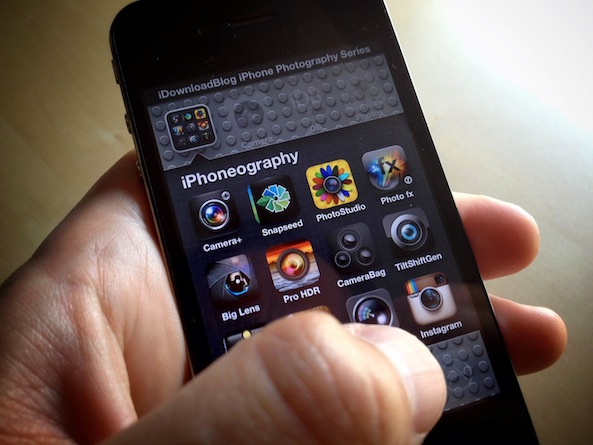In our last installment, we took a look at an age old principle of composition: the ‘Rule of Thirds’. I hope everyone enjoyed experimenting with it. In this installment, we are going to explore the foundation of this rule. Before that, I want to mention something about having fun.
Although we call it the ‘Rule of Thirds’, let’s not get hung up on the word ‘rule’. Let’s think of it more as a guideline. A guideline that we can choose to ignore if your creative muse directs you. So feel free to use these principles as you see fit, but just make sure you are having fun at the same time. Because fun is really the only true ‘rule’ in photography!
That being said let’s dive into the the true foundation of these rules…
I’m sure you have heard that mathematics is the language of the universe. Well, I’m no mathematician, but from what I’ve seen, I’m pretty sure the mathematicians are right. Mathematics can even help to explain everything from financial markets to aesthetic principles. I’m also pretty sure there is quite a bit of math going on in that iPhone of yours.
You’ve also probably heard of the Golden Ratio, if not, give it a Google and you’ll find out all you ever wanted to know about it. In short and for our photographic purposes, the ‘Golden Ratio’ which is 1.6180339887 (wiki link), is simply stating that a rectangle shouldn’t be too long (too rectangley), and it sure as heck shouldn’t be too square. The perfect rectangle, as agreed upon by a lot of really smart people throughout history, is 1 x 1.618. Quite a bit of cool stuff resulted from this, two of those things are the Fibonacci Sequence and Golden Spiral. What does this all mean to us photographers? It means that by putting our subjects along a line that is not exactly 1/3 of a rectangle, but actually .618 of a rectangle, our photo is in harmony with the universe!
For our purposes, we can apply the rule very easily, without really having to know advanced mathematics. All you need to do is pick up Camera Awesome. This app offers a ‘Golden Ratio’ overlay that you can enable while you are taking a photo.
Here’s a quick look of the overlay enabled in the field. I used the ‘Golden Ratio’ overlay to compose this image of Multnomah Falls in the Columbia River Gorge.
So, now that we know a bit more about the Golden Ratio, I’ll show you a few examples of it in practice.
Again, these are just guidelines. I use these principles when nothing else is working. If my muse isn’t moving me, I fall back on these principles I have learned over the years and apply them, hoping that I will make an image I am excited to share. Also, I believe that having applied these principles over the years, they have aided in developing an eye for composition.
Assignment
That being said, by now we should all know our mission. Let’s head out into the field and tag our Instagram photos with #iDBGolden so we can follow along. Yes, this will be a little difficult since Instagram is a square crop, but feel free to leave your black boards so we can see the full composition. I’ll choose a few of my favorites to highlight next week. As always, you can follow myself @Justinbalog and @SebastienPage on Instagram to see what we are up to.
Justin Balog is an award winning photographer and filmmaker. You can follow is daily creative adventures at HOSSedia.com or learn more about iPhone Photography in his iBook ‘Big World Little Lens‘.
